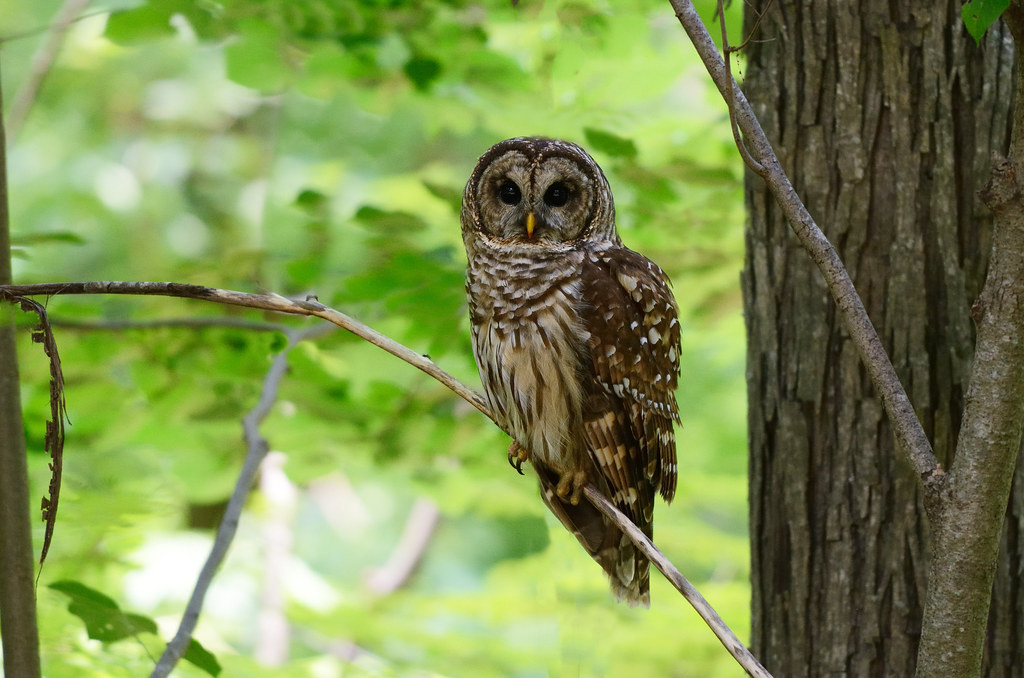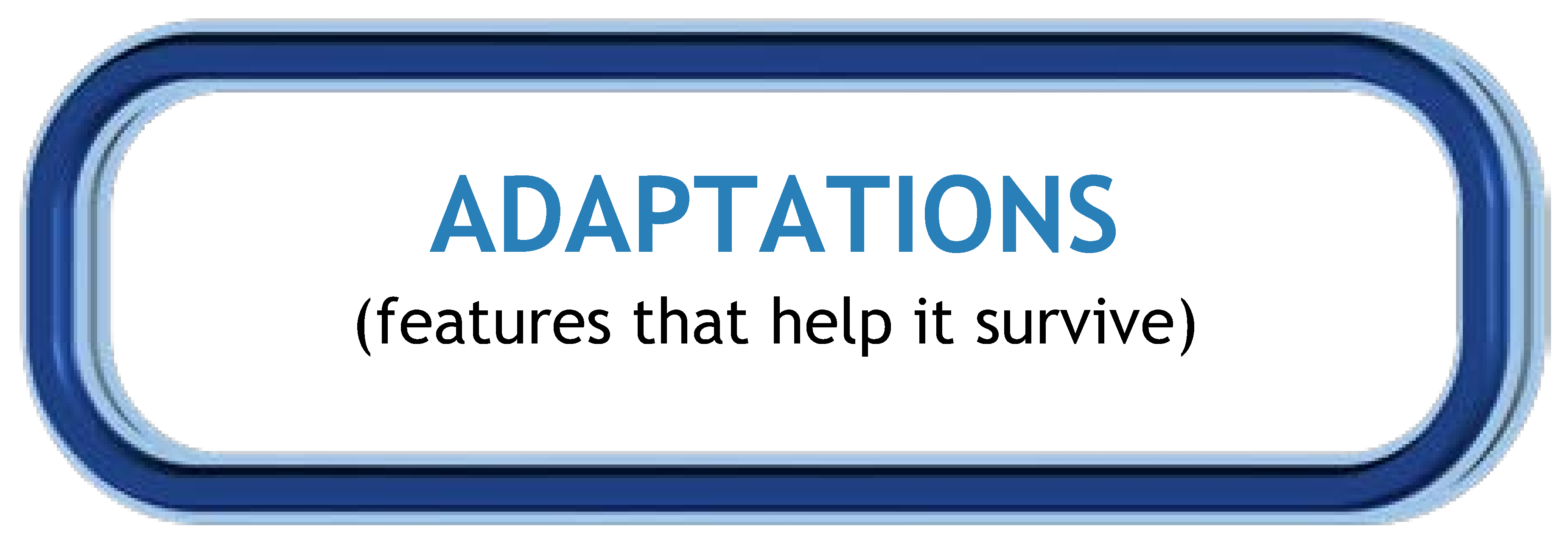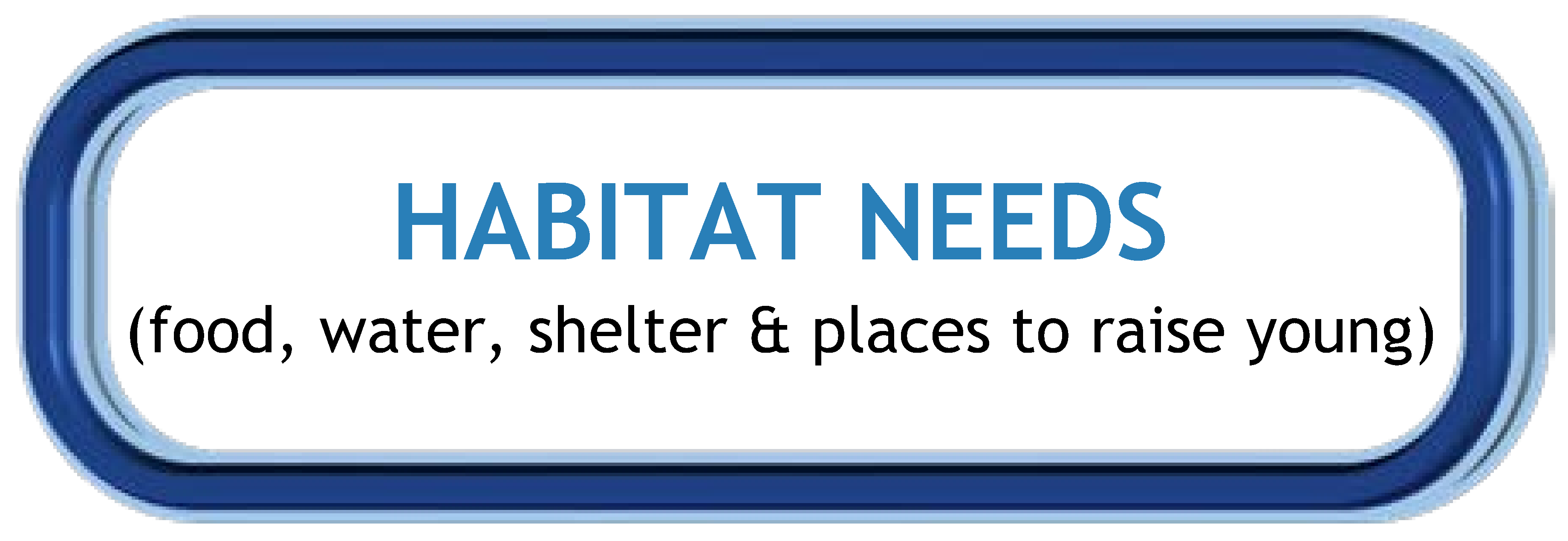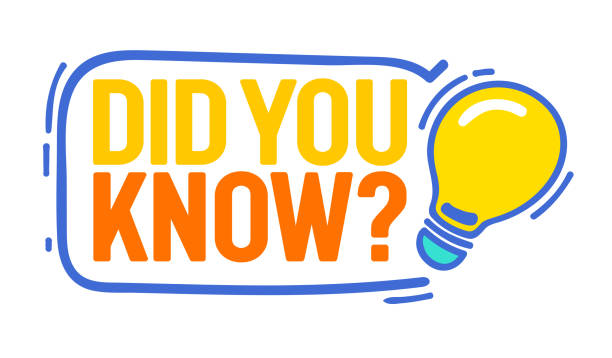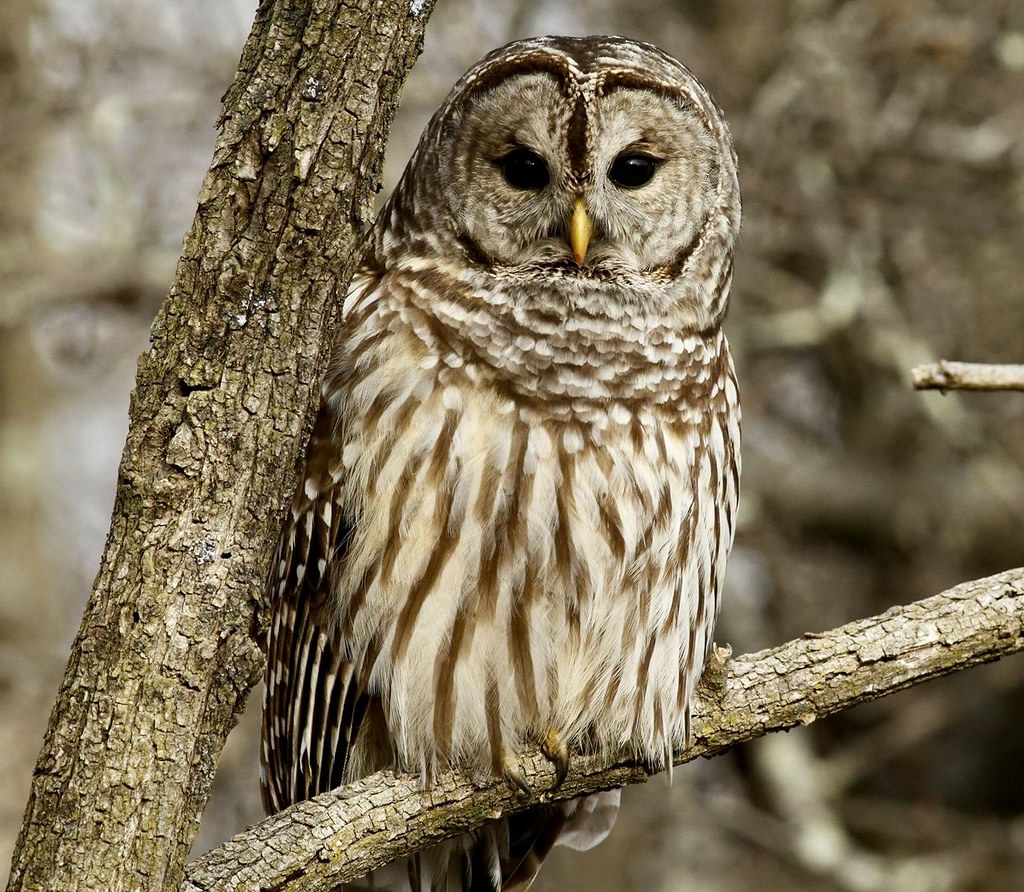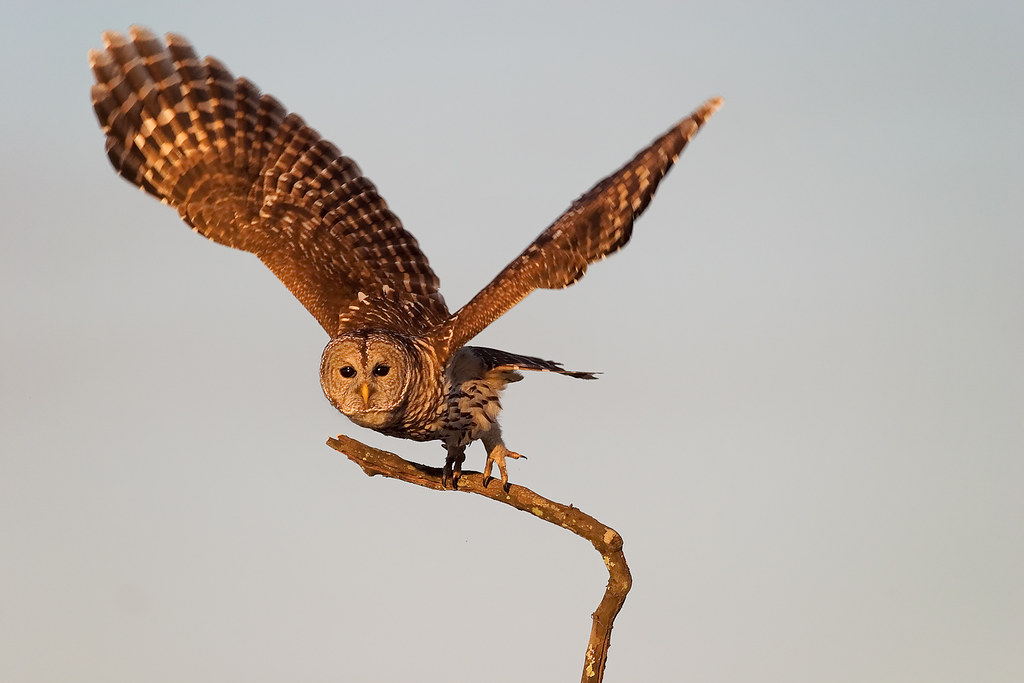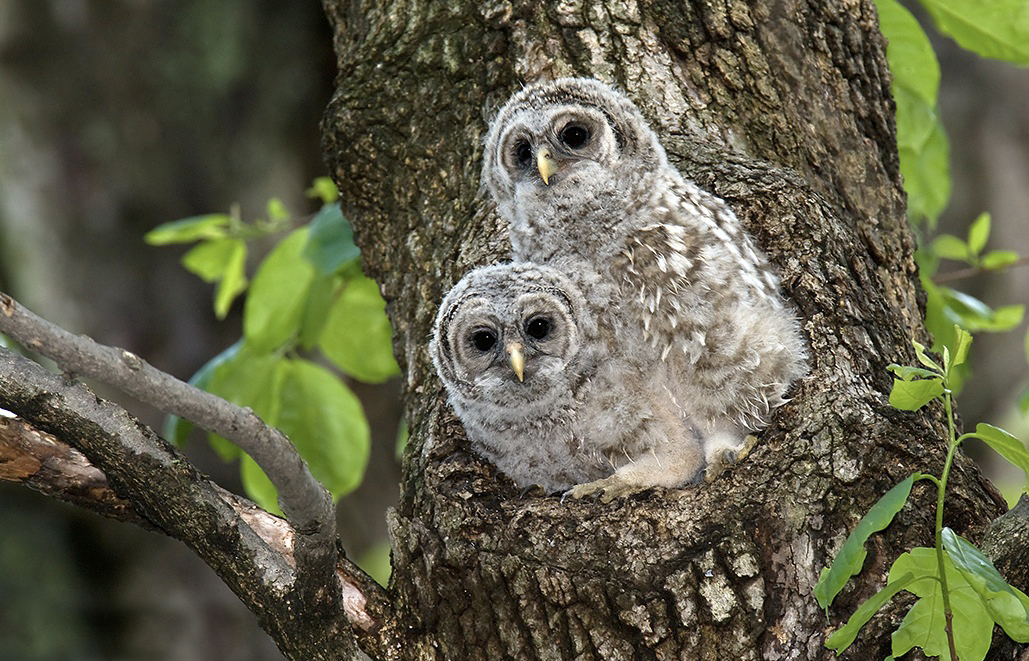Wonders of Wildlife: Barred Owl
Barred Owl Other Common Names: swamp owl, hoot owl, rain owl Scientific Name: Strix varia Found in Alabama: Year-round, Statewide Diet: Carnivore (eats animals) |
Barred Owl in Habitat
flickr - Ralph Daily Click image to enlarge it |
Learn more about...
| CLASSIFICATION | ||
|
What type of animal am I?
|
|
|
| The Barred Owl is a BIRD! | ||
| IDENTIFICATION TIPS |
Size: |
|
|
|
Key Characteristics:
|
|
Barred Owl flickr - Shenandoah National Park Click image to enlarge it |
Young: |
|
|
| ADAPTATIONS | |
| PHYSICAL ADAPTATIONS | |
| Barred Owls can see at night: | |
|
|
| Barred Owls are effective hunters: | |
|
Barred Owl Taking Flight
flickr - Matthew Paulson Click image to enlarge it |
|
|
| Barred Owls are good climbers: | |
|
|
| Birds can fly: | |
|
|
| Birds can digest whole prey: | |
|
|
| BEHAVIORAL ADAPTATIONS | |
| Barred Owls are nocturnal: | |
|
|
| Barred Owls communicate with one another: | |
|
|
| Life Cycle Stages of the Barred Owl | ||
Nest: |
|
|
Eggs: |
|
|
Young: |
|
Baby Barred Owls Wikimedia - William H. Majoros Click image to enlarge it |
Life Span: |
|
|
| NATURAL Habitat Needs | ADULTS | YOUNG |
| Food |
|
|
| Water |
|
|
| Shelter |
|
|
| Places to Raise Young |
|
| BACKYARD Habitat Needs |
ADULTS | YOUNG |
| Food |
|
|
| Water |
|
|
| Shelter |
|
|
| Places to Raise Young |
|
|
| ECOLOGICAL ROLE | ||
| Animals play an important ecological role in the health of habitats and ecosystems. | ||
Food Source: |
|
|
Insect and rodent population control: |
|
|
INFORMATION SOURCES FOR THIS SPECIES
 |
 |
|
 |
 |
|
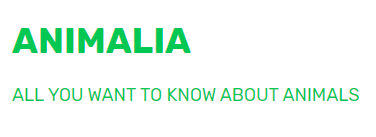 |
||
 Wildlife Tag
Wildlife Tag
